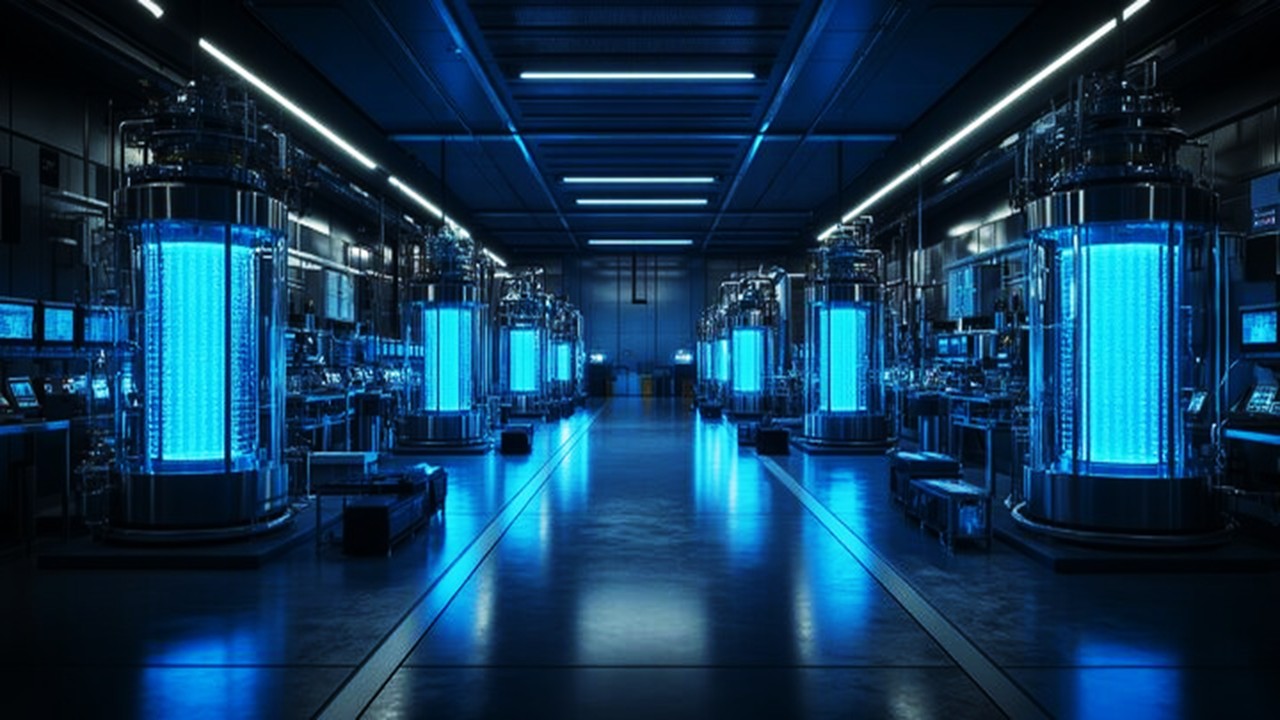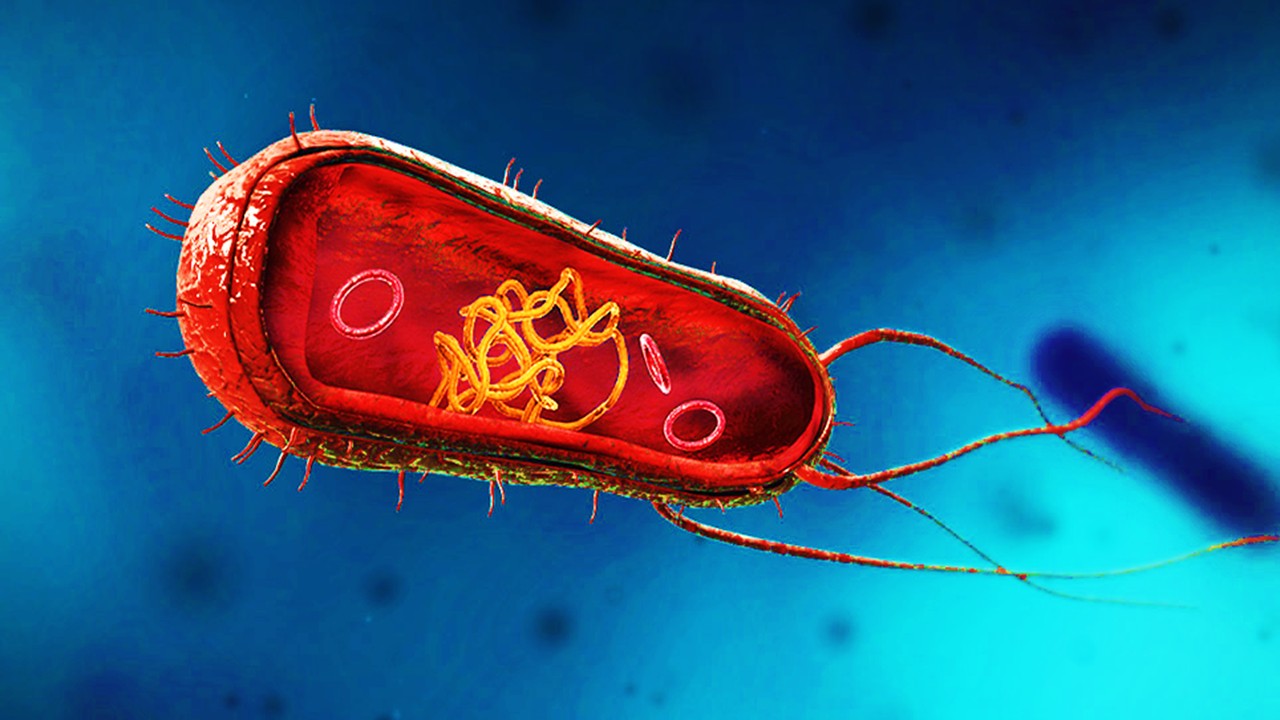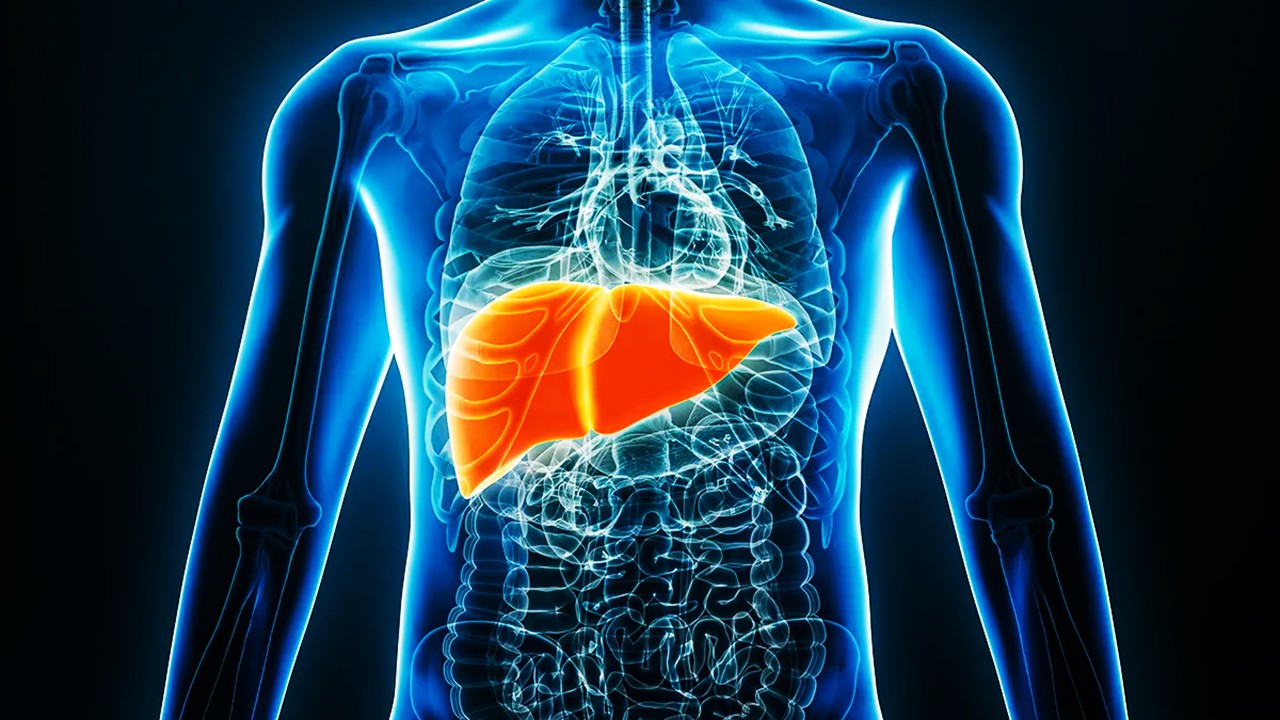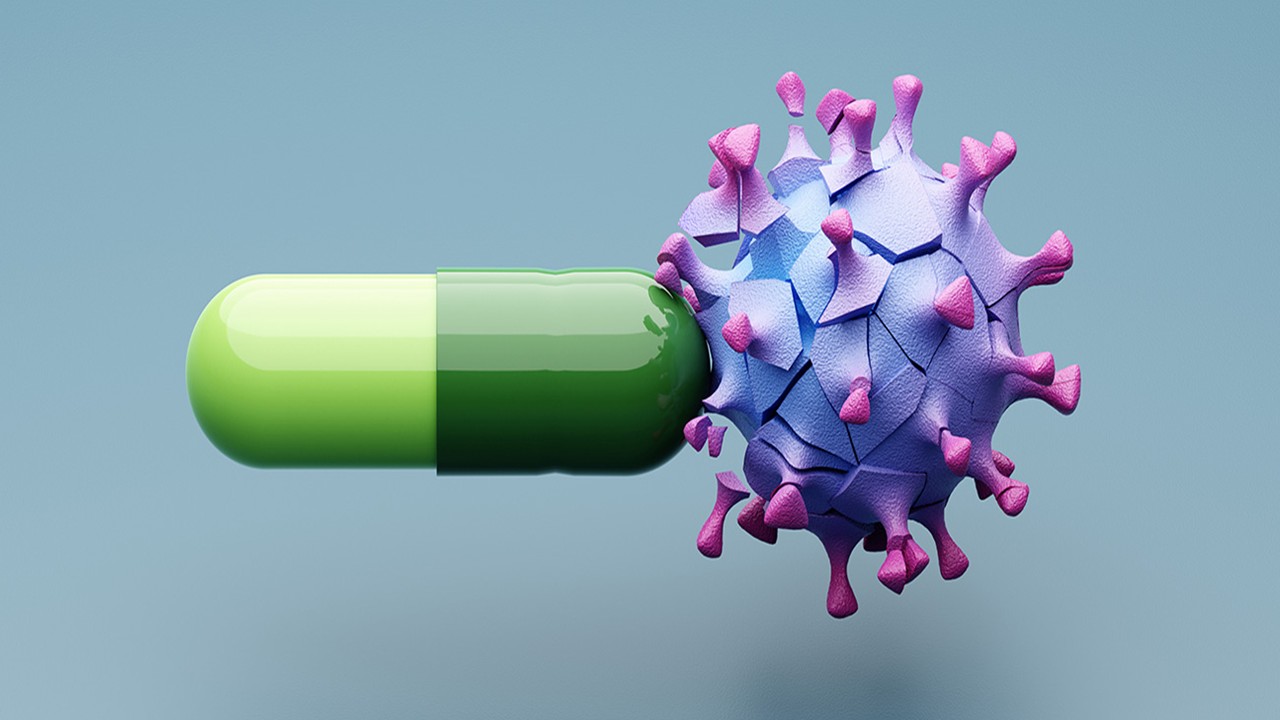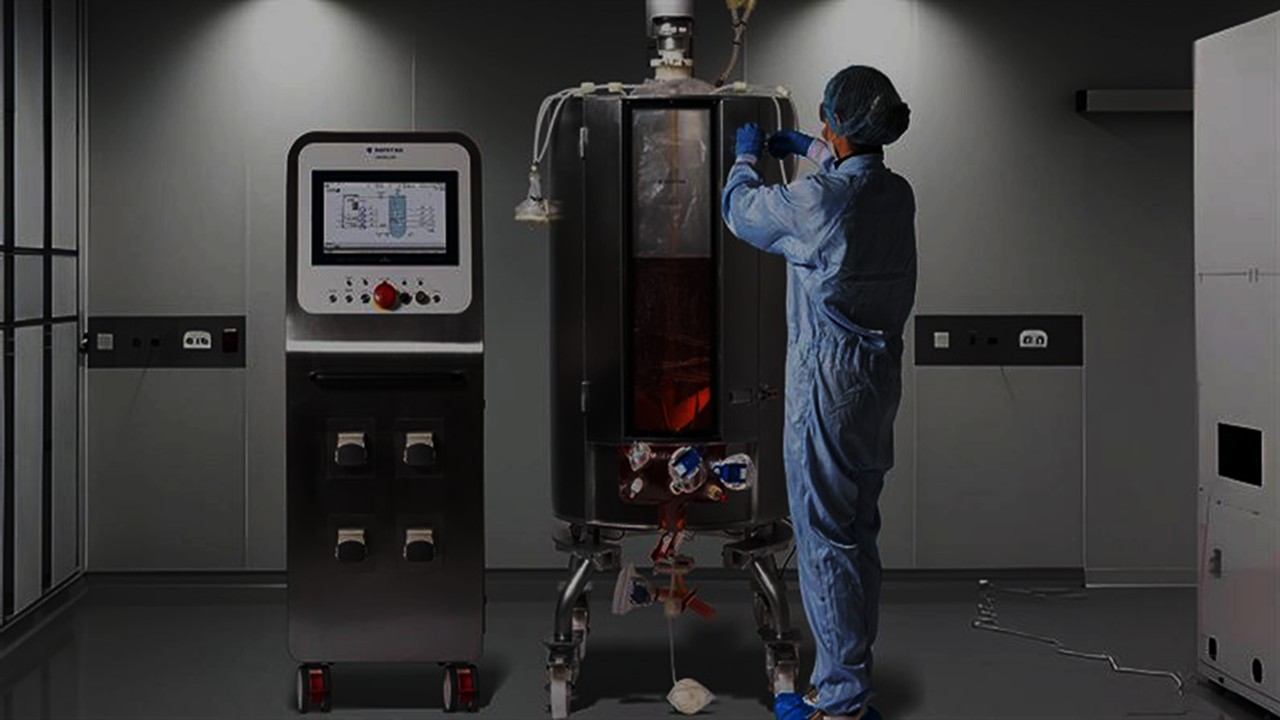The pharmaceutical industry stands at an inflection point where energy efficiency has become as critical as product quality in solid dosage manufacturing. Granulation – the centuries-old process of agglomerating fine powders into larger, flowable granules – is undergoing a radical transformation from brute-force mechanical operation to precision thermodynamic engineering. Modern approaches now view powder particles not as passive materials to be coerced, but as dynamic systems where interfacial forces and energy landscapes can be precisely manipulated. From microwave-assisted binder activation to electrostatic-assisted dry granulation, these innovations are rewriting the rules of how we engineer robust tablet precursors while slashing energy consumption by orders of magnitude.
The Physics of Particle Marriage: Why Granulation Demands Energy
At its core, granulation is a battle against powder physics – specifically, the unfavorable ratio of surface area to volume that makes fine particles inherently cohesive yet poorly flowing. The process must overcome several energy barriers: breaking existing interparticle van der Waals forces, creating new surfaces for binder interaction, and finally stabilizing the reformed granules against mechanical stress. Traditional wet granulation attacks these challenges through mechanical shear and liquid bridging, but this approach wastes energy heating air and water rather than focusing on the specific bonds that need modification.
Recent advances in granular mechanics reveal that optimal granulation occurs at the inflection point between plastic and elastic deformation. When particles experience just enough energy to form new contacts without rebounding, they achieve maximum densification with minimum input. This explains why modern high-shear granulators now incorporate real-time torque measurements – the exact moment when particles begin to flow plastically indicates perfect energy utilization. The same principle applies to dry granulation, where roller compactors must apply precisely calibrated pressures to induce particle bonding without wasteful elastic recovery.
The thermal economy of granulation presents another optimization frontier. Conventional fluid bed drying consumes vast energy heating air that mostly bypasses wet granules. New impingement drying techniques direct hot air jets exactly where needed, while dielectric methods like radiofrequency heating target water molecules directly within granules. These approaches recognize that energy must be delivered to the reaction front – the particle-liquid interface – rather than indiscriminately to the entire system.
Perhaps most intriguing is the emerging understanding of granule nucleation kinetics. High-speed imaging shows that binder droplets don’t simply coat particles but create complex liquid bridges whose geometry determines final granule porosity. Modern nozzles now produce optimally sized droplets using ultrasonic vibration rather than pressure, achieving better coverage with less liquid and consequently less drying energy. This microengineering of liquid-solid interactions exemplifies how precision can replace brute force.
The ultimate goal is what engineers call the “minimum energy granulation envelope” – a multidimensional parameter space where every joule contributes directly to product quality. Reaching this requires viewing granulation not as a unitary process but as a series of discrete energy transformations, each tunable for maximum efficiency.
Dry Granulation Renaissance: When Pressure Replaces Solvents
Once considered a compromise for moisture-sensitive compounds, dry granulation has emerged as the dark horse of energy-efficient processing. By eliminating the drying step entirely – traditionally accounting for over half of granulation’s energy budget – modern dry methods achieve comparable results through clever manipulation of particle physics. The secret lies in understanding how powders transition from loose aggregates to coherent compacts under mechanical stress.
Roller compaction, the workhorse of dry granulation, has undergone a thermodynamic revolution. Advanced models now predict optimal roll pressures based on the Heckel equation, which describes powder densification as a function of applied stress. By staying within a material’s plastic deformation zone – where particles permanently deform rather than elastically rebound – modern compactors achieve strong granules with minimal energy waste. The latest systems even vary pressure across the roll width to compensate for natural density gradients.
A breakthrough came with the recognition that not all powders compact equally. Ductile materials like microcrystalline cellulose deform differently than brittle substances like lactose. Modern formulations strategically blend these behaviors, creating composites that fracture along designed planes during subsequent milling. Discrete element modeling (DEM) simulations reveal how these mixtures distribute stress, preventing the energy-sapping hardening that occurs with single-component systems.
Mechanochemistry adds another dimension to dry granulation. Certain APIs undergo beneficial solid-state changes under pressure, forming co-crystals or partial amorphous domains that enhance dissolution. This in situ activation eliminates separate processing steps while improving bioavailability – a rare win-win in pharmaceutical manufacturing. Researchers note that these transformations depend on precise alignment of mechanical energy with crystal lattice parameters.
Electrostatic-assisted dry granulation represents perhaps the most elegant innovation. By applying controlled electric fields during compaction, operators can align dipolar particles before mechanical bonding. This reduces the required compression force while improving granule uniformity, particularly for challenging cohesive powders. The technique essentially pre-organizes particles into low-energy configurations where minimal mechanical input completes the granulation.
The culmination of these advances is continuous dry granulation systems that consume less energy per kilogram than traditional wet methods, while offering superior control over granule density and flow. As excipient science advances, dry techniques may soon match wet granulation’s versatility without its energy penalty.
Wet Granulation’s Quantum Leap: Precision Over Power
Modern wet granulation has shed its reputation as an energy hog through innovations that apply liquid binders with surgical precision rather than blanket coverage. The key insight was recognizing that granule quality depends not on total liquid volume but on its distribution at particle interfaces. This paradigm shift has birthed a generation of low-energy wet granulation technologies that outperform their predecessors while consuming a fraction of the energy.
The science of liquid saturation levels explains much of this progress. Between the pendular state (discrete liquid bridges) and capillary state (complete pore filling) lies the funicular zone – where liquid networks interconnect without saturation. Modern high-shear granulators now target this sweet spot using real-time moisture probes, stopping liquid addition precisely when optimal rheology is achieved but before excess requires removal. This alone can reduce drying energy by significant margins.
Binder application has transformed from spray-and-pray to molecular engineering. Nanoemulsified binders concentrate active binding components at particle surfaces while minimizing bulk liquid. Thermosensitive polymers like poloxamers flow freely during mixing but gel at processing temperatures, creating strong bonds without solvent. These “smart binders” effectively decouple binding efficacy from liquid volume, rewriting traditional granulation rules.
Microwave-assisted binder activation takes this further by eliminating bulk liquid entirely. Formulations containing microwave-sensitive excipients (like glycerol monostearate) are mixed dry, then briefly exposed to focused dielectric heating. This melts binder locally at contact points, creating bonds without overall wetting. The approach works exceptionally well for moisture-sensitive APIs where even minimal water would require energy-intensive low-humidity processing.
Process intensification through rotor-stator redesign has further improved energy efficiency. Variable geometry impellers automatically adjust blade angles to maintain optimal shear as granule density changes. Computational fluid dynamics reveals how these designs minimize turbulent energy dissipation – the main source of inefficiency in traditional systems. The result is more uniform granules with narrower size distributions, reducing downstream classification energy.
Perhaps most impressively, modern wet granulation systems now approach the theoretical minimum energy requirement – that needed to overcome particle surface energies and create new bonds. By focusing energy exactly where and when it’s needed, they achieve superior results with less input, proving that in granulation as in physics, precision trumps power.
Spray Congealing: Where Phase Transitions Replace Drying
Spray congealing represents a radical departure from conventional granulation by replacing energy-intensive drying with controlled solidification. The process atomizes molten formulations into cooled chambers, exploiting heat transfer principles to instantly solidify particles. The energy economics are compelling – latent heat of fusion replaces the higher enthalpy of vaporization required for water removal, while simultaneously creating unique granule morphologies.
The thermodynamics of spray congealing hinge on precise control over three phase transitions: melting enthalpy during formulation preparation, supercooling during atomization, and crystallization kinetics during solidification. Eutectic mixtures like stearic acid-PEG blends melt at processing-friendly temperatures yet rapidly recrystallize upon cooling. This allows energy input to focus solely on the initial melting rather than continuous drying.
Nozzle design has become a science in itself. Ultrasonic nozzles generate uniform droplets through capillary wave instability, requiring far less energy than pressure nozzles while producing narrower particle size distributions. Emerging electrohydrodynamic systems use electric fields rather than mechanical force to create monodisperse droplets – a breakthrough for heat-sensitive compounds where shear degradation is a concern.
Microstructural control through cooling rate manipulation produces granules with tailored properties. Rapid quenching creates metastable amorphous forms with enhanced dissolution, while controlled crystallization yields robust sustained-release matrices. Thermal imaging confirms these structural differences originate from precise thermal histories experienced during flight – a degree of control impossible with conventional drying.
Recent adaptations incorporate supercritical fluid technology. Carbon dioxide expanded melts reduce viscosity before atomization, enabling finer droplets at lower temperatures. The expanding gas also creates intragranular porosity, improving compressibility without additional milling steps. This hybrid approach exemplifies how multiple quality attributes can be achieved simultaneously through clever thermodynamic engineering.
For heat-sensitive APIs and modified-release formulations, spray congealing offers energy savings that can reach an order of magnitude compared to wet granulation. As excipient science advances, this technique is finding applications beyond its traditional niche, proving that sometimes the most efficient solution is to rethink the process entirely.
Adhesive Mixtures: The Zero-Energy Granulation Frontier
The most energy-efficient granulation may be eliminating granulation altogether. Adhesive mixture technology – where micronized API adheres to larger carrier particles through surface forces – achieves excellent content uniformity without bulk agglomeration. While historically used in dry powder inhalers, modern advances are adapting this approach for oral solid doses through sophisticated manipulation of interfacial physics.
The science revolves around surface energy matching. Carrier particles are engineered with nanoscale roughness and optimal surface free energy to maximize adhesive contacts with APIs. Magnesium aluminometasilicate carriers, for example, provide both high surface area and favorable acid-base interactions for many drugs. Atomic force microscopy measurements quantify these interactions at the single-particle level, enabling rational carrier selection.
Triboelectric charging introduces another control dimension. When certain excipient combinations are blended, they acquire complementary electrostatic charges that enhance adhesion beyond physical forces. Modern blenders control humidity and shear rates to optimize this charge separation, creating mixtures that flow like granules while maintaining direct API accessibility – crucial for rapid dissolution.
A novel extension is “placeholder” carrier technology. Porous particles load API during wet milling, then evaporate during subsequent drying, leaving hollow API microstructures that mimic granule properties. The technique combines wet milling’s content uniformity with dry processing’s energy profile, bypassing multiple unit operations.
The ultimate refinement may be self-assembling adhesive systems. Some API-excipient combinations spontaneously form ordered mixtures under specific vibrational frequencies – a phenomenon rooted in granular convection physics. Tuning these dynamics could enable continuous “just-in-time” granulation at the point of tableting, representing the thermodynamic minimum for particle engineering.
While not suitable for all formulations, adhesive mixtures demonstrate how understanding fundamental particle interactions can eliminate entire processing steps. In an industry where energy reduction is paramount, such approaches will only grow in importance.
Process Analytical Technology: The Brain Behind Energy Savings
The dramatic energy reductions in modern granulation stem as much from intelligent control as from mechanical innovation. Process analytical technology (PAT) has transformed granulation from empirical art to deterministic science where every joule is optimally deployed. This real-time monitoring and adjustment represents the true revolution in energy efficiency.
Near-infrared (NIR) spectroscopy exemplifies this shift. By probing molecular vibrations during processing, NIR quantifies moisture content, polymorphic form, and binder distribution without stopping production. Multivariate algorithms detect subtle spectral shifts that precede granule over-wetting, allowing immediate parameter adjustments. This prevents energy-intensive rework while ensuring right-first-time quality – a dual benefit that compounds energy savings.
Acoustic emission monitoring takes a different approach. As granules collide in processing equipment, they generate characteristic sound signatures correlated with density and size. Piezoelectric sensors capture these emissions, with fast Fourier transform analysis distinguishing between desired consolidation and wasteful over-granulation. The system can autonomously adjust mixer speeds or liquid addition rates based on these acoustic fingerprints.
Terahertz pulsed imaging (TPI) provides unprecedented granule interrogation. Unlike surface-limited techniques, TPI penetrates entire granules to map internal density variations in 3D. This reveals whether energy inputs are being distributed effectively or creating localized hot spots of over-processing. Coupled with machine learning, TPI data trains granulators to self-optimize energy distribution patterns for each formulation.
These technologies converge in digital twin systems – virtual replicas that simulate outcomes before committing energy. Incorporating material properties, equipment kinematics, and thermodynamic models, these twins predict the minimum energy pathway to target granule attributes. As they advance, such systems may enable fully autonomous granulation plants that self-optimize to raw material variability while minimizing carbon footprint.
The Sustainable Future: Green Chemistry Meets Granulation
The frontier of granulation technology lies in harmonizing pharmaceutical quality with planetary health. Emerging approaches are closing loops between energy input and environmental impact through fundamental re-engineering of materials and processes. This green granulation movement is yielding unexpected synergies between product performance and sustainability.
Bio-based binders represent one promising direction. Lignin derivatives from paper industry waste form strong thermoplastic networks at lower temperatures than synthetic polymers. Chitosan from crustacean shells provides both binding and disintegration properties, reducing the need for separate excipients. Life cycle analyses show these materials can cut granulation energy while upcycling agricultural byproducts.
Solvent recovery systems have reached new sophistication. Closed-cycle fluid beds capture and purify evaporated solvents for immediate reuse, dramatically reducing both energy consumption and VOC emissions. Advanced zeolite membranes separate water from organic solvent azeotropes without the energy penalty of traditional distillation.
The ultimate goal may be energy-positive granulation. Photocatalytic binder systems harness ambient light to initiate crosslinking reactions, storing rather than consuming energy during processing. Piezoelectric excipients convert mechanical energy from mixing into electrical charges that enhance particle adhesion – a self-amplifying process that could make granulation a net energy contributor.
As regulatory agencies emphasize green chemistry principles, these innovations position granulation as a showcase of sustainable engineering rather than a necessary evil. The future solid dose may bear not just therapeutic value, but also the imprint of thermodynamic elegance – proving that quality and sustainability aren’t competing goals, but complementary outcomes of good science.
The Granulation Reformation
The transformation of granulation from energy-intensive art to efficient science represents one of pharmaceutical manufacturing’s quiet revolutions. What began as empirical compaction has become a discipline where every kilojoule is accounted for in the service of perfect particles. This reformation has occurred not through any single breakthrough, but through countless optimizations at every scale – from molecular interactions to plant-wide energy flows.
Modern approaches recognize that granulation isn’t about forcing particles together, but about understanding and harnessing the natural forces that make them want to cohere. This philosophical shift has yielded technologies that achieve superior results with less input, proving that in pharmaceutical manufacturing as in nature, elegance lies in economy.
As continuous manufacturing and quality-by-design principles dominate production, these energy-efficient methods will become standard rather than exceptional. The result will be medicines produced not just with precision, but with responsibility – a testament to what happens when materials science and environmental stewardship converge in service of human health.
The next chapter may see granulation disappear altogether, replaced by self-assembling formulations or on-demand particle engineering. But the lessons learned in minimizing energy while maximizing quality will endure, informing all future efforts to bridge the molecular and macroscopic worlds of drug delivery. In this reimagined pharmaceutical landscape, efficiency isn’t just good engineering – it’s good medicine.
Engr. Dex Marco Tiu Guibelondo, B.Sc. Pharm, R.Ph., B.Sc. CpE
Editor-in-Chief, PharmaFEATURES

Subscribe
to get our
LATEST NEWS
Related Posts

Chemistry, Manufacturing & Controls
The Hydrogen Equation: Rewriting Chemical Manufacturing for a Cleaner Future
Clean hydrogen symbolizes more than low emissions—it represents a commitment to circularity, precision, and regenerative design.

Chemistry, Manufacturing & Controls
The Biomass Imperative: Nature’s Chemical Feedstock for a Post-Petroleum World
The transition from fossil to biomass feedstocks represents more than substitution—it’s a fundamental reimagining of chemical manufacturing’s first principles.
Read More Articles
Mini Organs, Major Breakthroughs: How Chemical Innovation and Organoids Are Transforming Drug Discovery
By merging chemical innovation with liver organoids and microfluidics, researchers are transforming drug discovery into a biologically precise, patient-informed, and toxicity-aware process.
Tetravalent Vaccines: The Power of Multivalent E Dimers on Liposomes to Eliminate Immune Interference in Dengue
For the first time, a dengue vaccine candidate has demonstrated the elusive trifecta of broad coverage, balanced immunity, and minimal enhancement risk,




